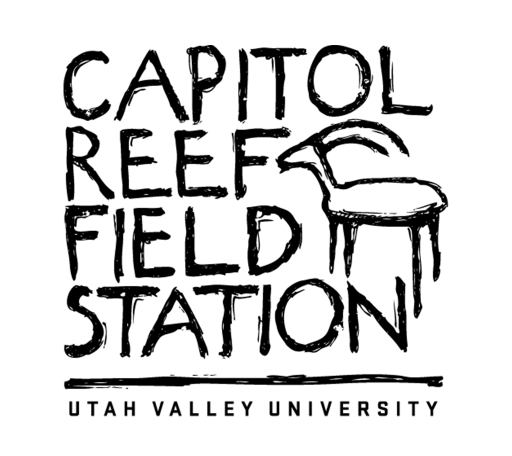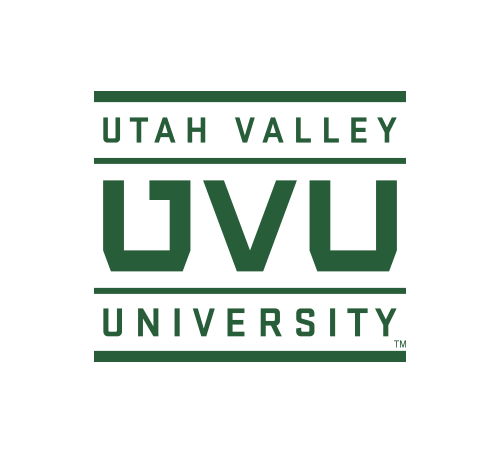Alloberberis fremontii (Torr.) C.C.Yu & K.F.Chung
Eukaryota > Viridiplantae > Streptophyta > Streptophytina > Embryophyta > Tracheophyta > Euphyllophyta > Spermatophyta > Magnoliopsida > Mesangiospermae > Ranunculales > Berberidaceae > Berberidoideae > Berberideae > Alloberberis > Alloberberis fremontii [1]
![IImage of A. fremontii including leaves and flowers. Photo by Stan Shebs. [17]](/crfs/images/native-plants/plant-directory/fremontsbarberry-first.jpg)
Image of A. fremontii including leaves and flowers. Photo by Stan Shebs. [17]
Shrub with dimorphic, spreading branches 15-30 dm tall. Leaves compound with 3-9 leaflets, 3-11 cm long; leaflets glaucous on both sides 1-3 cm x 0.6-3 cm, margins with 5-7 broad triangular spine-tipped lobes or teeth. Inflorescences raceme or umbel, 3-9 flowers per inflorescence, peduncle 1-4 cm long. Pedicels 4-28 mm long. Flowers with bractlets (outer sepals) 3.5-4.5 mm long with the inner sepals 5-8 mm long and yellow; petals broadly rounded. Fruit berry, reddish or purplish, hollow, and often open apically; pericarp is juicy and tart, 12-20 mm long [2].
![Habit of Alloberberis fremontii. Photo by Max Licher taken in Sedona, AZ. [15]](/crfs/images/native-plants/plant-directory/fremontsbarberry-sec.jpg)
Habit of Alloberberis fremontii. Photo by Max Licher taken in Sedona, AZ. [15]
Recent taxonomic revision suggests that Alloberberis is delineated from Berberis, a genus which also has dimorphic stems, by its spineless stems and 3-9-foliolate leaves whereas Berberis is unifoliolate and usually has spiny stems. Further, Alloberberisis identified from Mahonia (which has monomorphic stems) by its red to brownish fruits and small (<6 cm) leaflets whereas Mahonia has black or blue fruits with leaflets larger (>6 cm) [3]. Alloberberis fremontii is similarly distinguished from A. haematocarpa (Wooton) C.C.Yu & K.F.Chung and A. higginsiae (Munz) C.C.Yu & K.F.Chung by its large dry, inflated fruit whereas the latter species have small, fleshy berries. [4].
The genera Mahonia and Berberis have a tangled taxonomic history, with botanists variously recognizing Mahonia as a subgenus of Berberis or its own genus and therefore what is now Alloberberis fremontii within one entity or the other. Recent phylogenetic work [3] put this battle to rest when their data suggested a separate lineage for Alloberberis, with these genera delineated as mentioned above. Alloberberis is latin meaning other Berberis in reference to the taxonomic complexity discussed above.
![Image of A. fremontii including leaves, flowers, and stem. Photo by Stan Shebs [16]](/crfs/images/native-plants/plant-directory/fremontsbarberry-third.jpg)
Image of A. fremontii including leaves, flowers, and stem. Photo by Stan Shebs [16]
In its protologue, Torrey describes the plant as a handsome shrub [5]. It has horticultural potential, especially for desert environments. A number of Native American tribes used it for various purposes, including the Apache during ceremonies [6], the Hopi as a medicine to treat issues of the gums [7], the Hualapai to treat gastrointestinal, digestive, and liver issues [8], and with the Havasupai, Hualapai, Walapai, and Navajo using the roots and bark to make a yellow dye for coloring baskets and leather goods [8-10], and the Havasupai and Yavapai eating the raw berries for food [8, 11].
![Distribution map of A. fremontii at a county level [12].](/crfs/images/native-plants/plant-directory/fremontsbarberry-fourth.jpg)
Distribution map of A. fremontiiat a county level [12].
Alloberberis fremontii was last assessed for NatureServe 25 March 2014 and is considered secure [14]. It has not been assessed for the IUCN Red List.
Alloberberis fremontii occurs all across the southern counties of Utah, at 820-2380 m, in Mojave Desert shrub, Colorado Plateau shrub, salt desert shrub, pinyon-juniper, and mountain rush communities [13].
[1] "Taxonomy Browser (Alloberberis fremontii)." National Center for Biotechnology Information, www.ncbi.nlm.nih.gov/Taxonomy/Browser/wwwtax.cgi?mode=Info&id= 258163.
[2] Welsh, S. L. 2003. A Utah flora. 3rd ed., Brigham Young University Press. ISBN 0-8425-2556-4
[3] Yu, C.C. and Chung, K.F., 2017. Why Mahonia? Molecular recircumscription of Berberis sl, with the description of two new genera, Alloberberis and Moranothamnus. Taxon, 66(6), pp.1371-1392.
[4] Whittemore, Alan T. 1993. Berberis. In: Flora of North America Editorial Committee, eds. 1993+. Flora of North America North of Mexico [Online]. 22+ vols. New York and Oxford. Vol. 3. http://www.efloras.org/florataxon.aspx?flora_id=1&taxon_id=103816 Accessed 8 Dec 2022.
[5] United States Dept of the Interior. 1859. “Report on the United States and Mexican boundary survey :made under the direction of the secretary of the Interior.” C. Wendell, Printer. Washington. pg. 31.
[6] Reagan, Albert B.. 1929. Plants Used by the White Mountain Apache Indians of Arizona. Wisconsin Archeologist 8:143-61., pg. 155.
[7] Whiting, Alfred F.. 1939. Ethnobotany of the Hopi. Museum of Northern Arizona Bulletin #15, page 33, 76.
[8] Watahomigie, Lucille J.. 1982. Hualapai Ethnobotany, Peach Springs, AZ. Hualapai Bilingual Program, Peach Springs School District #8, page 5.
[9] Weber, Steven A. & P. David Seaman. 1985. Havasupai Habitat: A. F. Whiting's Ethnography of a Traditional Indian Culture, Tucson. The University of Arizona Press, page 219.
[10] Elmore, Francis H. 1944. Ethnobotany of the Navajo. Sante Fe, NM. School of American Research, page 48.
[11] Gifford, E. W. 1936. Northeastern and Western Yavapai. University of California Publications in American Archaeology and Ethnology 34:247-345, page 257.
[12] USDA NRCS National Plant Data Team. "Mahonia fremontii (Torr.) Fedde Plant Profile." USDA Plants Database, https://plants.usda.gov/home/plantProfile?symbol=MAFR3
[13] Buren, R. V., Cooper, J. G., Shultz, L. M., & Harper, K. T. (2011). Woody Plants of Utah. Utah State University Press.
[14] "Mahonia fremontii, Fremont’s Mahonia." NatureServe Explorer 2.0, https://explorer.natureserve.org/Taxon/ELEMENT_GLOBAL.2.914615/Mahonia_fremontii
[15] Photo by Max Licher. https://swbiodiversity.org/imglib/h_seinet/seinet/Berberidaceae/photos/Berberis-fremontii-P-web-.jpg
[16] Photo by Stan Shebs https://commons.wikimedia.org/wiki/File:Mahonia_fremontii_4.jpg
[17] Photo by Stan Shebs. https://commons.wikimedia.org/wiki/File:Mahonia_fremontii_1.jpg
[18] Photo by Anthony Mendoza. https://swbiodiversity.org/imglib/h_seinet/seinet/Berberidaceae/photos/4503896401_8b97a5831a_b.jpg



